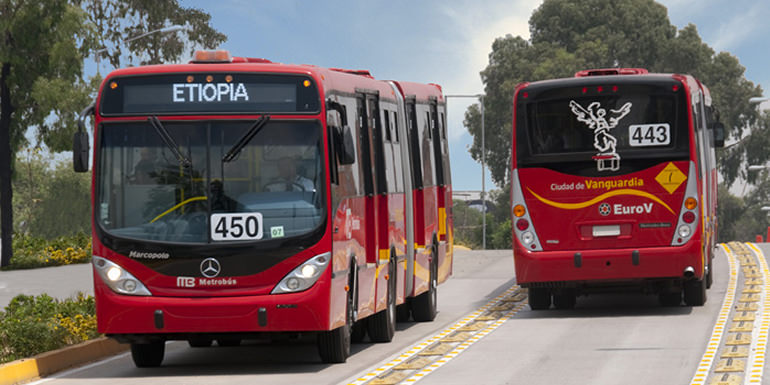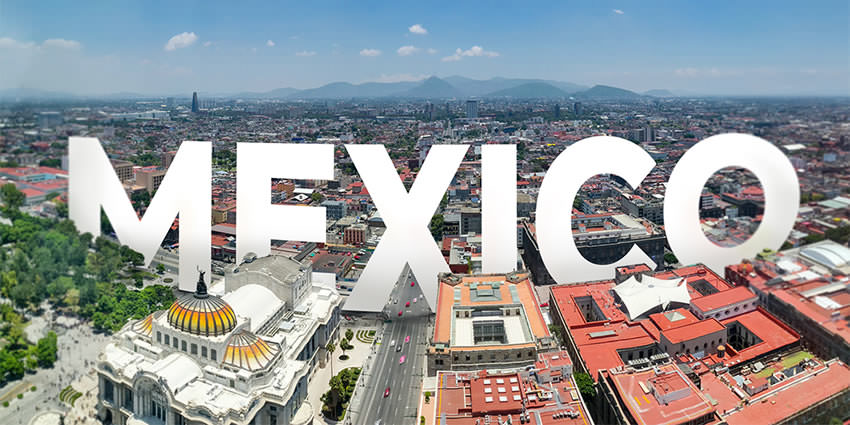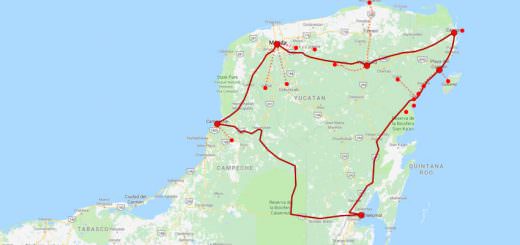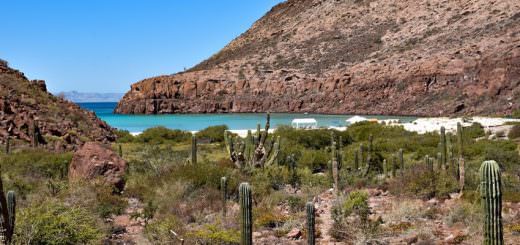When Nuño de Guzmán arrived in the area in 1550, he described it as a “no-man’s land” with no indication of the riches that were underneath the mountains and forests here.
The lands were awarded to Gonzalo de Salazar by viceroy Antonio de Mendoza as part of a larger area encompassing Zitácuaro and Taximaroa shortly thereafter.
Some mining and settlement began in the mid-16th century, but it remained relatively unpopulated until the very late 18th century when large deposits of minerals were discovered on what is now called the former hacienda of Angangueo.
These minerals included gold, silver, copper, and more, and brought a rush of people into the area.
The town of Angangueo was officially founded in 1792 and it became a municipality in 1831. During the struggle between Conservative and Liberal forces in Mexico in the 19th century, possession of the town changed hands.
In 1865, General Régules took the town plaza for Conservative forces but Liberal forces retook the town the following year.
The Temple of the Immaculate Conception was begun in 1882.
In the middle of the 19th century, mining rights were assigned to an English company. In the 20th century, it was then conceded to the U.S. company American Smelting and Refining Company, the last foreign concern to have mining rights.
In 1953, an accident in the Dolores Mine claimed twenty-five miners and the federal government expropriated the area.
It was then managed by the Impulsora Minera de Angangueo, which continued mining here until 1991 when it was decided that the exploitation of the mines was no longer economically feasible.
From then to the present, there have been disputes between the shareholders in the Impulsora and former miners and the state of Michoacan over the right to continue mining. The mines are considered to be part of the butterfly reserve.
In the mid-20th century, the town had a population of 10,000, its own newspaper, and even a mint.
However, it has steadily declined since then as the mines gave out.
The town gained a new source of income with tourism with the establishment of the Monarch Butterfly Biosphere Reserve and the promotion of the butterfly colonies located very near the town by magazines such as National Geographic and Mexico Desconocido, beginning in 1980.
This has promoted the opening of hotels and restaurants near the butterfly sites, and small transport services thereto. However, this has not brought the town back to its former size.
On 5 February 2010, heavy rains and hail caused flooding and mudslides in the region, with Angangueo being hard hit. Landslides on two of the hills surrounding the town buried sections and blocked roads. Many houses built on the riverbanks were swept away.
The deforestation from legal and illegal logging contributed to the landslides. In addition, cleared areas on hillsides were used to build homes. As an alternative to mining, was suggested to develop tourism in Angangueo as a Pueblo Mágico.
Later the same year, federal authorities announced that no new residents could move into the town and that the current population would be relocated. The decision was made with the rationale that the landslides create too big a hazard for people to live in the current location and a “New Angangueo” would be built.
However, local residents were against the plan.
Efforts to relocate the town were officially begun in June 2010, with a projected 600 homes in a location called Barrio Sustentable Monarca. The construction was halted by September of the same year, with only a layout traced on the site and no new homes started.






















